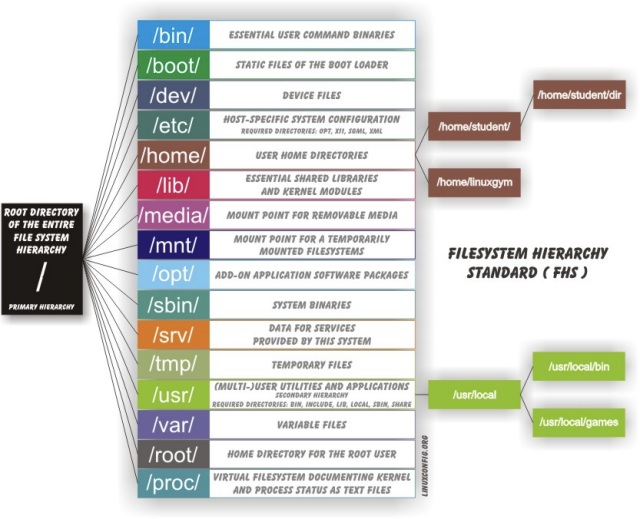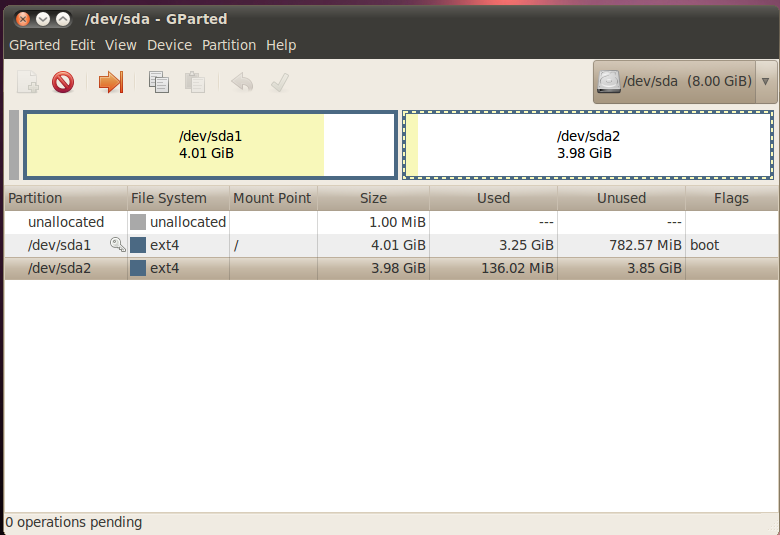 Sometimes, partitioning the hard drive gets confusing and complicated. Here a simple mechanism to partition your drive is explained.
Sometimes, partitioning the hard drive gets confusing and complicated. Here a simple mechanism to partition your drive is explained.
What is a partition?
Let’s assume that a company is moving to new place, and it has just one big room. There are no walls and everyone works in that one big room. There are chances that the head of the office wants a separate room so he will build an internal wall to separate him from other workers. Now the room will be partitioned into separate cubicles where each employee will work.
The hard drive of computer operates in the same way. The disk can be partitioned into separate smaller parts which are the property of different people. On hard drives, the word “separation” refers to a different space.
Partitioning Schemes for Linux:
Some of the standard partitions schemes for most Linux system installs is as follows:
- There will be a 12-20 GB partition for the operating system, which is mounted as / known as root.
- To augment the RAM, a smaller partition can be used, which is installed and referred to as a swap.
- There will be a larger partition for personal use, which is mounted as /home.

Swap:
The exact requirement for the partition will be based on the needs of the user, but usually, people start with the swap. If the user in involved in multimedia editing, and he has a RAM that is small, then the user can go for a greater amount of swap. If there is large amount of memory on the drive then you can economize on it. Some of the Linux distributions will have some issues regarding standby or hibernating mode if they don’t have the required amount of swap. The basic rule is that you will select between 1.5 to 2 times the amount of RAM as the swap space on the drive and then the user will put this partition in a place that is easy to access.
Root:
A maximum amount of 20 GB will be enough for the root partition even there is much software installed on the system. The ext3 or ext4 are used as the file system on most of the Linux distributions these days. The ext3 and ext4 have a built-in self-cleaning mechanism. There should be 25 to 30 percent of free space should be available on the partition to work in the best way.
/Home:
The personal files or data of the user is stored in /home. It is functionally equal to the users partition in Windows which will house the music, documents, your application settings, downloads and much more. If the system has a separate partition for /home, then it will be the best because he doesn’t have to back up the data or any other files or folders in this partition whenever he is upgrading or reinstalling the system. The best thing about it is that your UI related settings and the programs will be saved, and you don’t have to reset the setting after upgrading your system.
These were some of the best-known schemes for Linux partitioning that you can use on your Linux operating system.

 Email article
Email article



